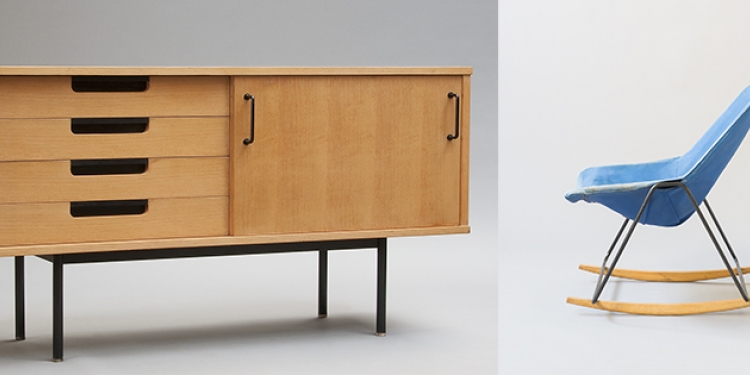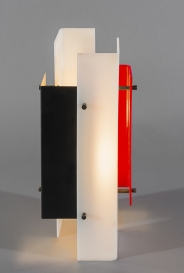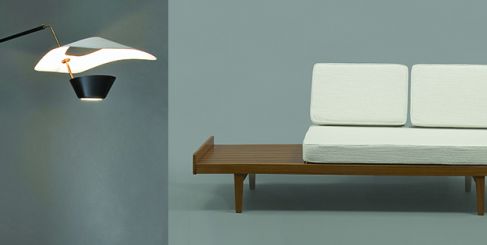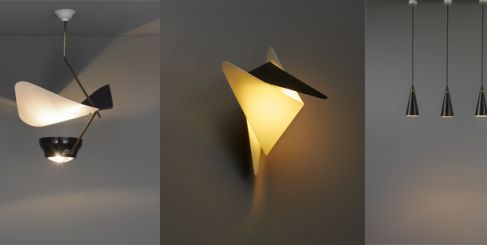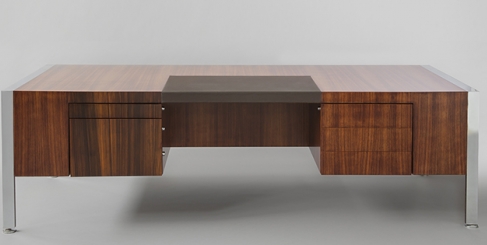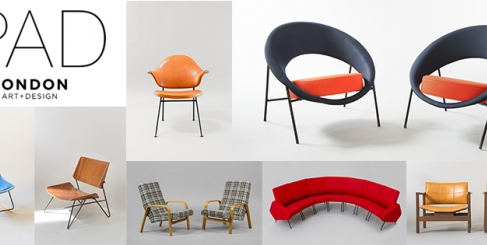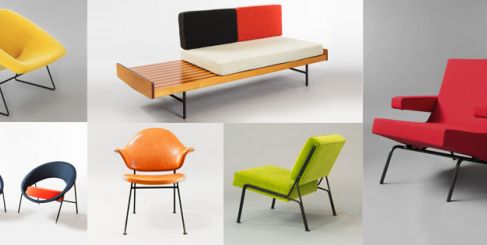News
DESIGN MIAMI/ 2014: Galerie Pascal Cuisinier SHOWCASES FRENCH COLLECTION / 1950-1955
For its first participation in Design Miami/ 03-07 December 2014, Galerie Pascal Cuisinier will present cult works from the biggest French designers from the beginning of the 1950s, such as the emblematic Lamp 316 by Jean Boris Lacroix, or the Desk 204 of André Monpoix.
In Miami, Galerie Pascal Cuisinier will bring together its most beautiful pieces conceived and produced in the first half of the 1950s: lights, seating and furniture. Its founder champions this rigorously selected group of designers by showcasing the rare and well-documented examples of furniture on its booth, which are always known for their quality and presentation.
Pascal Cuisinier considers the gallery’s booths at international fairs as a real exhibition with an informative angle to familiarize collectors with design from the period 1951-1961. His network of buyers are among the biggest collectors of furniture in the world.
This exceptional collection pays homage to the French creativity of this time, characterized by its elegant lines, minimalist forms and timeless beauty. The works of this period were only produced in a very limited series, some no more than fifty editions. The majority of the collection are being presented to the American public for the first time.
Since the opening of its new space in 2006, Galerie Pascal Cuisinier has strongly promoted the first generation of modern French designers born between 1925 and 1930 such as Pierre Guariche, Joseph-André Motte, Antoine Philippon or Jacqueline Lecoq.These individuals epitomized the ultra-modern character of 20th century design. Their furniture, produced between 1951 and 1961 with a view to being mass-produced, is characterized by an emphasis on functionality, technical innovation and elegance.
These first designers all followed the same training, either from the Arts Decoratifs in Paris or at the Camondo school. Without actually forming a movement they shared the same outlook about the production of their work as well as the form and function of their creations. They retained their sense of proportion and rigour from their teachers.

